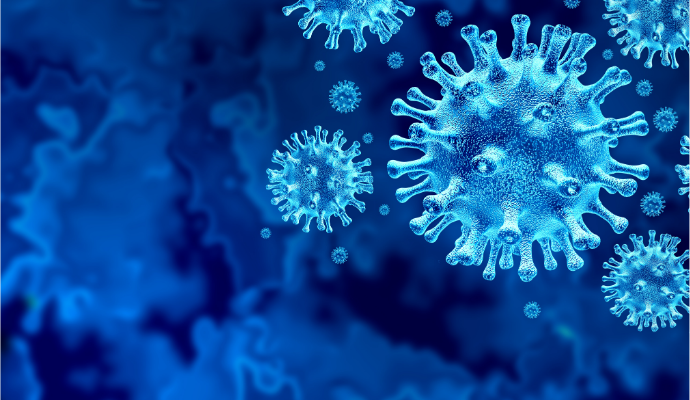Children Produce More COVID-19 Antibodies, Study Finds
A cross-sectional study found that younger children exhibited notably higher COVID-19 antibody production than adolescents and young adults.

Source: Getty Images
- A recent JAMA Network Open study found that there are distinct COVID-19 antibody response profiles that vary based on age.
The cross-sectional study used 31,426 COVID-19 antibody test results from pediatric and adult patients between April and August 2020. The data was taken from New York-Presbyterian Hospital/Weill Cornell Medical Center.
Immunoglobulin G (IgG) levels, total antibody levels, and surrogate antibody activity were compared between children between 1 and 10 years old, adolescents 11 to 18 years old, and young adults 19 to 24 years old.
Overall, researchers found that younger children exhibited higher levels of IgG, total antibody level, and surrogate antibody activity than adolescents and young adults.
Specifically, COVID-19 IgG level showed a negative correlation with individuals in the pediatric population and a moderate but positive correlation in adult patients. Young adults showed the lowest IgG levels.
And 170 patients between 71 and 80 years and patients 25 to 30 years showed lower median levels than adults older than 41 years of age, but not those 81 years of age.
“We found that SARS-CoV-2 IgG antibody production was distinctly different in children, adolescents, and different age groups of adults. The comprehensive assessment revealed key differences in humoral antibody responses against SARS-CoV-2 based on age,” researchers explained.
“Our findings suggest that the differences in the clinical manifestations of COVID-19 in pediatric patients compared with adult patients could be partly due to age-related immune responses,” they continued.
Despite intensive study and trials, many aspects of COVID-19, especially in the pediatric population, have not yet been fully examined, researchers said.
In Wuhan, China at the beginning of the pandemic, the number of COVID-19 cases in children was low. Reports indicated that less than 1 percent of patients were younger than 10 years of age, 1.2 percent were between 10 and 19 years of age, and only nine patients were infants with mild symptoms.
In the US, pediatric infection cases comprised only 7 percent of total cases as of August 2020, according to the CDC. And as of September 2020, only 4.1 percent of COVID-19 cases were found in individuals aged five to 17 years.
Generally, experts have found that children who do become infected with COVID-19 are either asymptomatic or exhibit mild symptoms. This age group also has a lower risk of developing severe respiratory disease.
Currently, nearly 56 million children and adolescents in the US are attending school or are taking remote classes.
Researchers emphasized that before children can return to in-person schooling full time, it is crucial to better understand the COVID-19 viral specific immune responses in pediatric patients.
“The lower incidence of symptoms and decreased disease severity in pediatric patients raises the possibility that this population could represent an important reservoir for viral transmission in the community,” researchers said.
“Thus, increased screening of school-aged children, even those without overt symptoms or exposure, may be an important step in curbing the pandemic,” they continued.
In mid-December, Moderna dosed the first adolescent patients in the Phase 2/3 study of its COVID-19 vaccine candidate. Researchers will evaluate the safety and immunogenicity of two vaccinations of the vaccine in 3,000 participants aged 12 to under 18 years of age.
Then just last week, Moderna dosed the first participants in the Phase 2/3 study of its candidate in children six months to up to 12 years of age.
Researchers will evaluate the safety, tolerability, reactogenicity, and effectiveness of two doses of mRNA-1273 in 6,750 pediatric participants in the US and Canada.
The outcomes for both trials will further Moderna’s goal of using the vaccine candidate in the younger patient population in advance of the fall school year.
